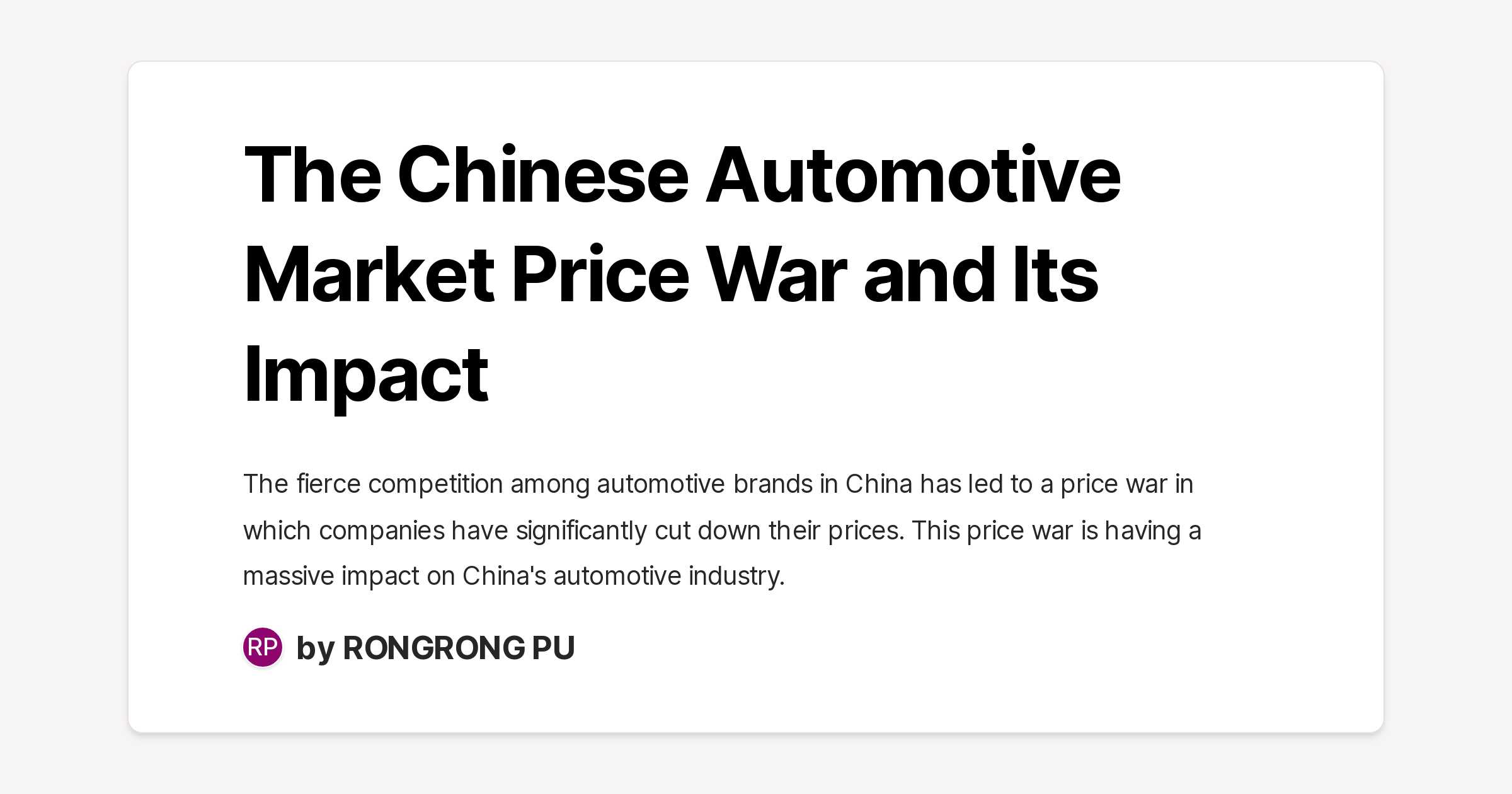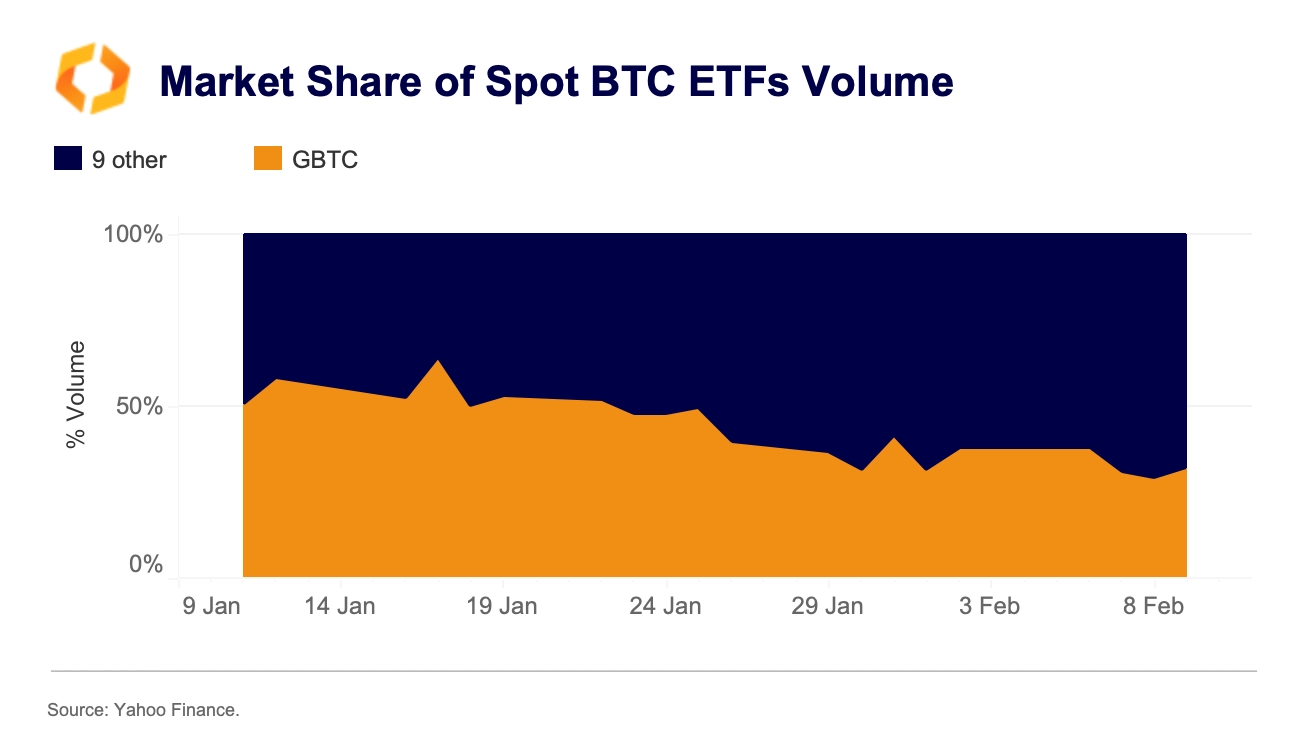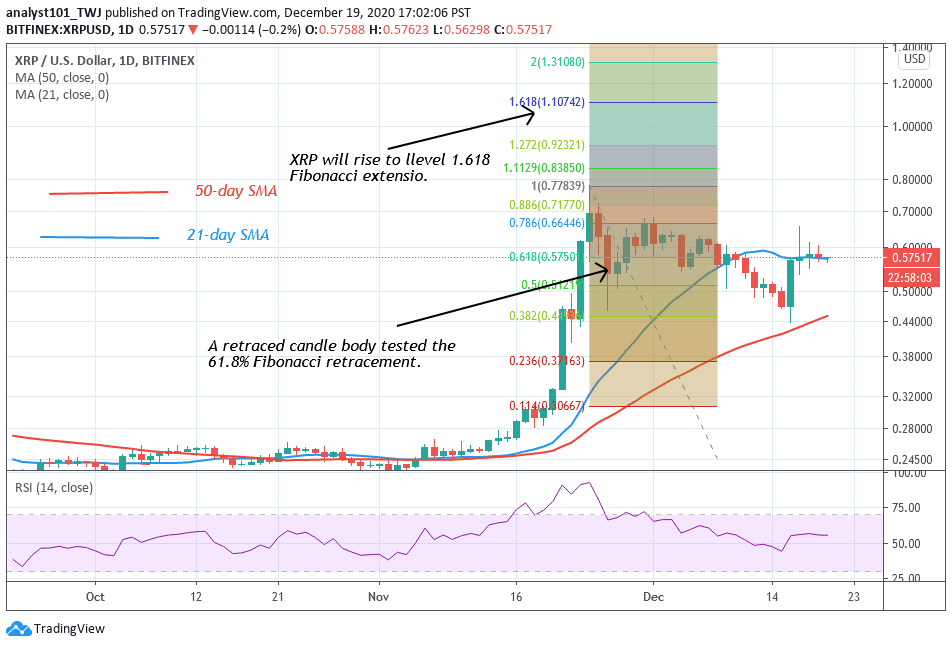BMW, Porsche, And The Complexities Of The Chinese Automotive Market

Table of Contents
The Allure and Challenges of the Chinese Luxury Car Market
China’s burgeoning middle class, coupled with a shifting consumer landscape, has created an insatiable demand for luxury vehicles. Chinese luxury car buyers are significantly different from their Western counterparts. They tend to be younger, highly tech-savvy, and deeply brand-conscious. This presents both an exciting market and a fiercely competitive one. Established international players are vying for market share alongside rapidly emerging domestic brands.
- Growing middle class fueling demand for premium vehicles: The expanding wealth in China directly translates into increased purchasing power for luxury goods, including automobiles.
- Preference for technologically advanced features and personalized experiences: Chinese luxury car buyers expect cutting-edge technology, personalized services, and a seamless digital experience.
- Strong competition from domestic brands like NIO, Xpeng, and BYD: These domestic brands are rapidly gaining traction, offering competitive pricing and innovative technology, posing a significant threat to established international brands.
BMW's Strategy in the Chinese Market: Localization and Innovation
BMW boasts a long-standing presence in China, demonstrating a keen understanding of the local market. Their strategy emphasizes localization, evident in tailored models designed specifically for Chinese consumers and significant investments in local manufacturing facilities. Crucially, they're heavily focusing on electric vehicles (EVs) and new energy vehicles (NEVs) to meet both government regulations and growing consumer demand for sustainable mobility. Their marketing strategies are specifically designed to resonate with Chinese cultural nuances.
- Investment in local production and R&D: BMW's commitment to local manufacturing ensures efficient supply chains and reduces costs. Furthermore, their investment in local R&D demonstrates a commitment to understanding and catering to specific Chinese needs.
- Emphasis on EVs and NEV development: BMW's significant investments in EVs and NEVs are crucial to remain competitive in a market rapidly transitioning towards sustainable mobility and complying with increasingly stringent emission regulations.
- Targeted marketing campaigns reflecting Chinese cultural nuances: BMW’s marketing strategies avoid a one-size-fits-all approach, demonstrating sensitivity and relevance to the Chinese consumer.
Porsche's Approach: Preserving Exclusivity while Embracing Change
Porsche’s strategy balances its commitment to maintaining its prestigious brand image with the necessity to adapt to the unique demands of the Chinese market. While maintaining exclusivity, they've focused on specific model lines known to be highly sought after by Chinese consumers. They’ve invested heavily in digital marketing and optimizing the customer experience to cater to the tech-savvy Chinese buyer.
- Maintaining brand heritage and exclusivity: Porsche's focus remains on delivering exceptional quality and maintaining a prestigious brand image. This resonates with Chinese consumers who value luxury and exclusivity.
- Focus on specific high-demand models: Porsche strategically prioritizes specific models that align with the preferences of the Chinese consumer base, maximizing market penetration.
- Investment in digital channels and customer engagement: Porsche leverages digital platforms and provides personalized customer experiences to connect with its target audience effectively.
Regulatory Hurdles and Future Outlook for BMW and Porsche in China
The Chinese automotive market presents several regulatory hurdles for international luxury brands. Stringent emission standards, import tariffs, and ever-evolving government regulations are significant factors influencing strategic decisions. The rapid growth of the electric vehicle market necessitates significant investment in EVs and NEVs, transforming the landscape. Trade policies and economic fluctuations also contribute to uncertainty.
- Navigating stringent emission regulations: Compliance with increasingly stringent emission regulations is vital for continued operation in the Chinese market.
- Adapting to the rapid growth of the EV market: The shift towards electric mobility necessitates significant investment and adaptation to maintain competitiveness.
- Potential impact of trade policies and economic fluctuations: External economic factors influence market stability and require agile strategic planning.
Understanding the Dynamics of the Chinese Automotive Market: A Key to Success for BMW, Porsche, and Beyond
The Chinese automotive market presents a complex mix of challenges and opportunities for luxury brands like BMW and Porsche. Success hinges on a deep understanding of unique consumer preferences, effective localization strategies, and a commitment to innovation, particularly in the rapidly growing EV sector. The ability to adapt to evolving regulations and navigate intense competition is paramount. The long-term prospects for these brands in China depend on their capacity to continue embracing change and meeting the evolving demands of the Chinese consumer. Learn more about navigating the complexities of the Chinese automotive market and deepen your understanding of the strategies employed by luxury brands in China.

Featured Posts
-
 Broadcoms Proposed V Mware Price Hike At And T Details A 1 050 Cost Surge
May 08, 2025
Broadcoms Proposed V Mware Price Hike At And T Details A 1 050 Cost Surge
May 08, 2025 -
 Is Bitcoins Rebound Just The Beginning A Deep Dive Into The Market
May 08, 2025
Is Bitcoins Rebound Just The Beginning A Deep Dive Into The Market
May 08, 2025 -
 Check Todays Lotto Results Lotto Lotto Plus 1 And Lotto Plus 2
May 08, 2025
Check Todays Lotto Results Lotto Lotto Plus 1 And Lotto Plus 2
May 08, 2025 -
 Can Xrp Hit 3 40 Analyzing Ripples Resistance Levels
May 08, 2025
Can Xrp Hit 3 40 Analyzing Ripples Resistance Levels
May 08, 2025 -
 Thunder Game 1 Alex Caruso Enters Nba Playoff History Books
May 08, 2025
Thunder Game 1 Alex Caruso Enters Nba Playoff History Books
May 08, 2025
Latest Posts
-
 How To Break Bread With Scholars Tips For Effective Academic Engagement
May 08, 2025
How To Break Bread With Scholars Tips For Effective Academic Engagement
May 08, 2025 -
 Breaking Bread With Scholars Strategies For Successful Academic Networking
May 08, 2025
Breaking Bread With Scholars Strategies For Successful Academic Networking
May 08, 2025 -
 Meaningful Dialogue Breaking Bread With Scholars In Academia
May 08, 2025
Meaningful Dialogue Breaking Bread With Scholars In Academia
May 08, 2025 -
 Breaking Bread With Scholars A Guide To Meaningful Academic Discussion
May 08, 2025
Breaking Bread With Scholars A Guide To Meaningful Academic Discussion
May 08, 2025 -
 Pakistan Super League 10 Ticket Information And Purchase
May 08, 2025
Pakistan Super League 10 Ticket Information And Purchase
May 08, 2025
